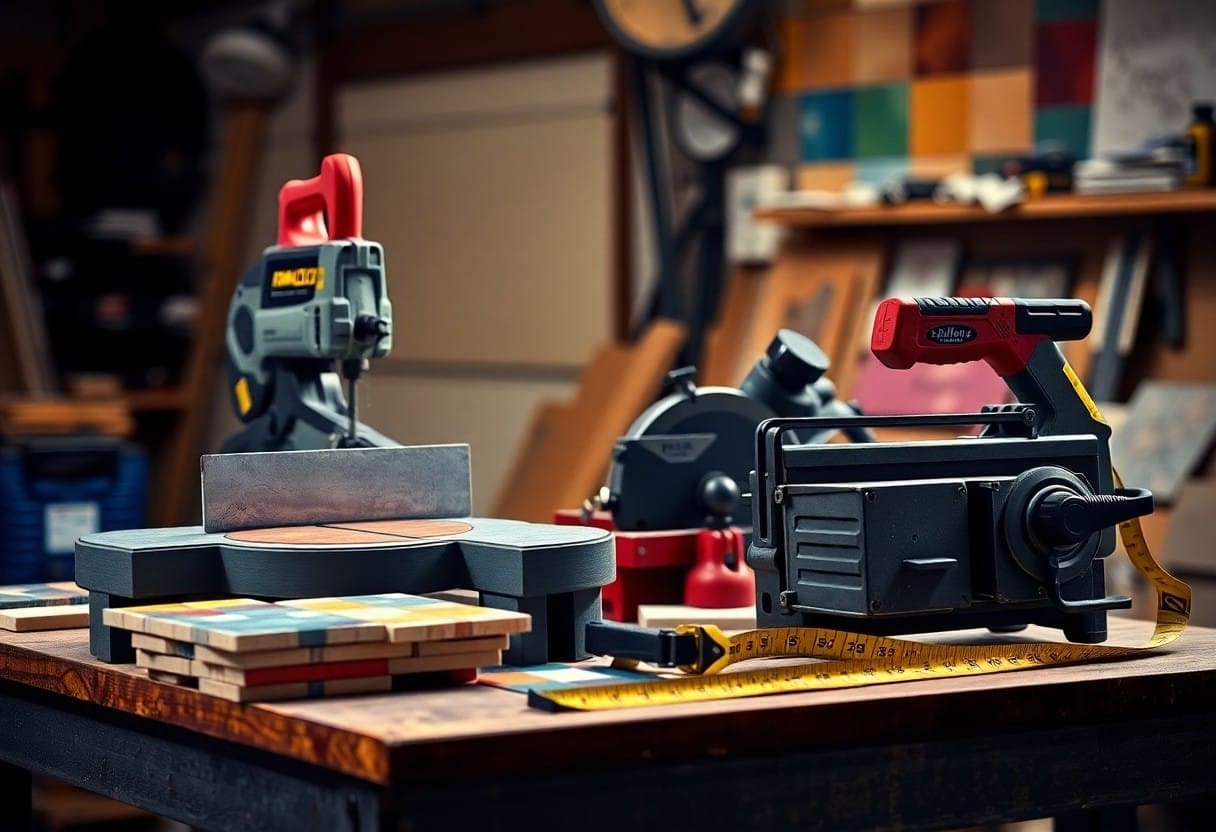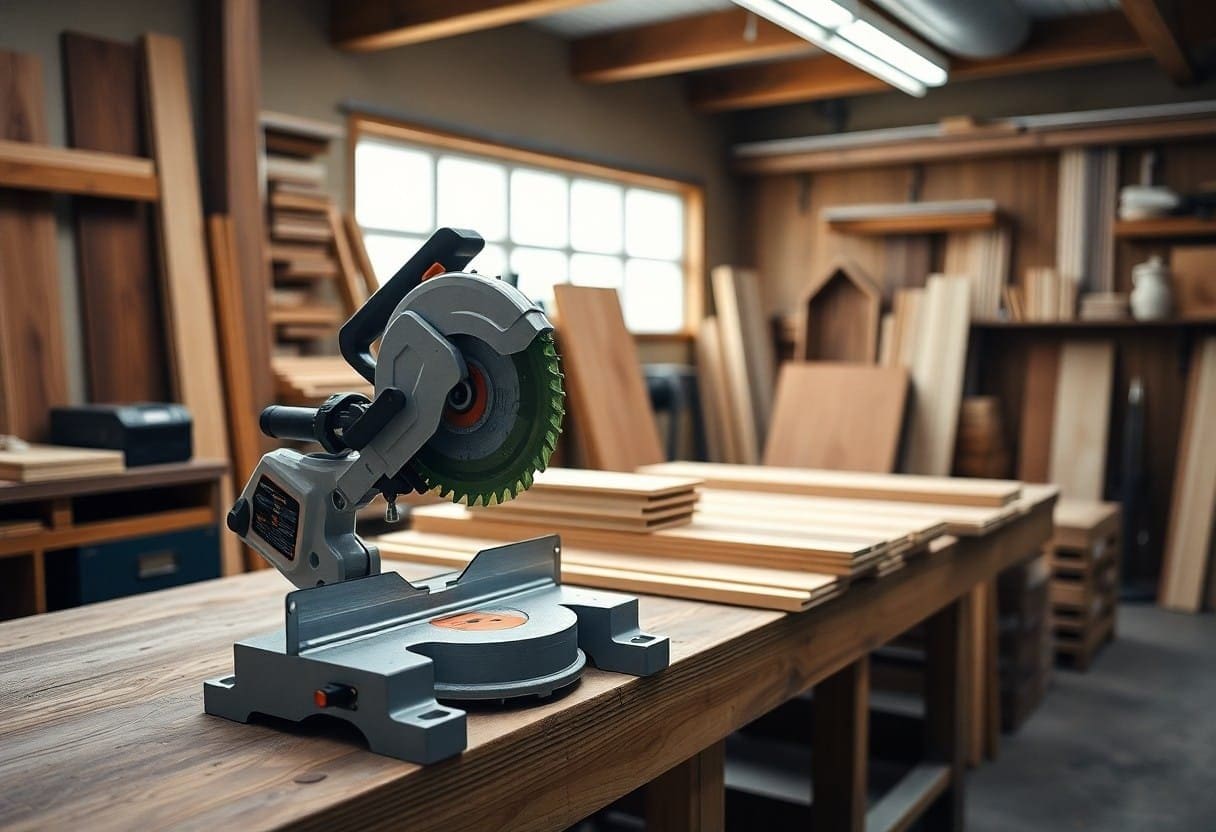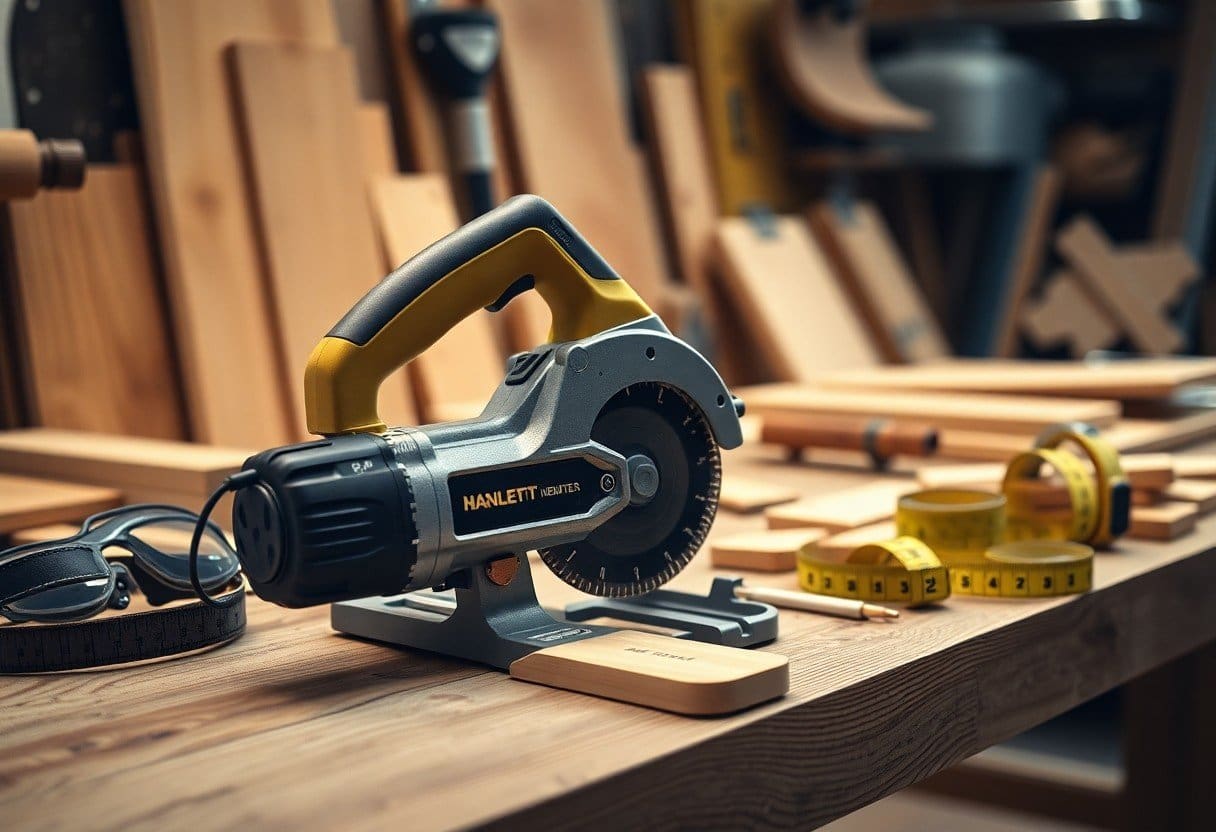Just starting out on your DIY home projects and looking to add a saw to your toolkit? It’s crucial to prioritize safety when using a saw to avoid accidents and injuries. In this ultimate guide, we’ll walk you through all the necessary steps and precautions to ensure you can confidently and safely use a saw for your home improvement projects. So, grab your tools and let’s get started!
Choosing the Right Saw for Your DIY Project
The use of the correct saw can make a significant difference in the success of your DIY project. When choosing the right saw for your project, you should consider various factors to ensure safety, efficiency, and precision.
Factors to Consider When Selecting a Saw
- Material you will be cutting
- Size and scope of your project
- Accuracy and precision required
- Personal comfort and experience with different types of saws
- Budget constraints
For the best results, match the saw to your specific project needs. The wrong saw can not only lead to subpar results but can also be dangerous. The safety of the user and those around you should always be a top priority when selecting a saw.
Types of Saws and Their Uses
| Hand Saw | Used for precise cutting of wood, including crosscuts and rip cuts. |
| Circular Saw | Ideal for cutting large sheets of wood or metal quickly and accurately. |
| Jigsaw | Perfect for cutting curves and intricate shapes in various materials. |
| Miter Saw | Designed for making precise angle cuts, commonly used in trim work. |
| Reciprocating Saw | Great for demolition work and cutting through tough materials like metal or plastic. |
When identifying a saw, it is crucial to choose the right type based on the specific requirements of your project. Perceiving how each saw functions and the materials they are suitable for can help you achieve the desired results efficiently and effectively.
How to Choose the Right Saw Blade
For optimal cutting performance, selecting the right saw blade is crucial. The type of material you are cutting and the desired finish will determine the blade you need.
It is crucial to match the blade’s teeth per inch (TPI) to the material you are cutting for clean and accurate results. Different blades are designed for cutting wood, metal, or plastic, so ensure you have the correct blade for the job. Perceiving the right blade can make a significant difference in the outcome of your DIY project.
Preparing for Safe Saw Operation
Even before you turn on your saw, it’s imperative to make sure you are fully prepared for safe operation. Taking the time to set up the right safety equipment, create a safe working environment, and maintain your saw properly will help ensure you can complete your DIY projects without any accidents.
Essential Safety Equipment for Saw Users
Clearly, one of the most important aspects of using a saw safely is wearing the right safety equipment. Before you start cutting, make sure you have the following items on hand: safety glasses to protect your eyes from flying debris, ear protection to reduce the noise level, a dust mask to prevent inhalation of sawdust, and gloves to protect your hands from sharp edges and splinters.
How to Set Up a Safe Working Environment
Safety should always be your top priority when setting up your work area for sawing. You should have adequate lighting to see your work clearly and stable work surfaces to prevent any wobbling or movement while cutting. Keep your work area clean and free of clutter to avoid any tripping hazards, and make sure there are no distractions that could cause you to lose focus while operating the saw.
Users, always remember to position yourself in a way that allows you to have full control over the saw and the material you are cutting. It’s crucial to maintain a stable stance and grip on the saw to prevent any accidental slips or movements that could lead to injuries.
Tips for Maintaining a Saw
- Regularly check and tighten all screws and bolts on your saw to ensure it remains stable during operation.
- Keep the blade sharp and clean to ensure smooth and precise cuts.
Equipment, it’s also important to regularly inspect your saw for any signs of wear or damage. If you notice anything unusual, stop using the saw immediately and have it inspected by a professional. Recognizing and addressing potential issues early on can prevent accidents and prolong the life of your saw.
Essential
- Regularly lubricate moving parts to prevent excessive wear and tear.
Basic Saw Safety Precautions
How to Handle a Saw Safely
Basic saw safety starts with proper handling of the tool. Always hold the saw with both hands and ensure a firm grip on the handle. Keep your fingers away from the cutting area and maintain a stable stance while operating the saw. Avoid any distractions and focus solely on the task at hand.
Preventing Kickback and Other Hazards
The most common hazard when using a saw is kickback, which can occur when the saw blade binds in the material and kicks back towards you. To prevent kickback, make sure the blade is sharp and properly maintained. Always use a push stick or other appropriate tool to guide the material through the cut, keeping your hands at a safe distance from the blade.
Kickback can also be caused by trying to cut material that is too thick or warped. It’s vital to use the right saw blade for the job and ensure that the material is properly supported and secured before cutting.
Safety Precautions for Specific Saw Types
While using different saw types, such as circular saws, table saws, or miter saws, there are specific safety precautions you should always follow. When working with any type of saw, always wear appropriate safety gear, including goggles, ear protection, and gloves. Make sure to read and understand the manufacturer’s instructions for the specific saw you are using.
- Always keep the saw blades sharp and in good condition.
- Never remove safety guards or devices from the saw.
- Do not wear loose clothing or jewelry that could get caught in the saw blade.
- Avoid cutting materials that are wet, as this can cause the saw to slip and lead to accidents.
- Assume that all saws are potentially dangerous tools, and always treat them with respect.
Mastering Saw Techniques for DIY Projects
How to Make Straight Cuts with a Saw
Techniques for making straight cuts with a saw are imperative for any DIY project. First, ensure you mark the cut line clearly with a pencil and use a straight edge or a guide to keep the saw on track. When sawing, maintain a firm grip on the saw handle, keeping it steady as you push it forward. Remember to let the saw do the work and avoid forcing it through the material.
Tips for Cutting Curves and Angles
Tips for cutting curves and angles with a saw involve using the right saw for the job. For curves, a jigsaw or coping saw works best, while a miter saw is ideal for cutting precise angles. When cutting curves, move the saw slowly and steadily along the marked line. To cut angles accurately, adjust the saw blade to the desired angle and secure the material firmly in place.
- Choose the appropriate saw for the type of curve or angle you are cutting.
- Practice cutting curves and angles on scrap material before working on your project.
Recognizing the right saw and technique for different cuts will help you achieve professional-looking results in your DIY projects.
Straight
Advanced saw techniques are necessary for complex cuts that require precision and attention to detail. Whether you are making beveled cuts or intricate joints, mastering these techniques will elevate your woodworking skills to the next level.
- Stop Block Method
Technique: Using a stop block to ensure consistent cuts - Compound Miter Cuts
Technique: Adjusting the saw for compound angles
Plus, understanding how to use stop blocks and set up compound miter cuts will allow you to tackle more intricate woodworking projects with confidence.
Managing Common Sawing Challenges
Once again, using a saw for your DIY home projects can come with its own set of challenges. However, with the right techniques and strategies, you can overcome these obstacles and achieve professional-looking results.
How to Deal with Knots and Other Obstacles
Little interruptions like knots in the wood or other obstacles can disrupt your cutting process. To handle these challenges effectively, gradually increase your cutting speed as you approach the obstacle. This will prevent the saw from jamming and creating rough cuts. Additionally, consider using a sharp blade designed for cutting through tough materials to make the process smoother.
Tips for Cutting Through Hardwood and Other Difficult Materials
Clearly, cutting through hardwood and other tough materials requires a bit more finesse and patience. To ensure a clean cut, adjust the saw’s speed to a slower setting. This will prevent the blade from getting too hot and burning the wood. Additionally, use a guide or fence to maintain a straight cutting line and apply consistent pressure throughout the cut.
- Choose a blade specifically designed for cutting hardwood or tough materials
- Take breaks between cuts to prevent overheating
Knowing how to adapt your cutting technique to different materials is important for achieving the best results with your saw.
Troubleshooting Common Sawing Problems
To troubleshoot common sawing problems, such as blade dullness or misaligned cuts, it’s important to understand the root cause of the issue. By identifying the problem, you can make the necessary adjustments to improve the quality of your cuts and avoid future issues.
To address common sawing problems, consider factors such as the condition of your blade, the quality of the material you are cutting, and the stability of your cutting surface. By addressing these key areas, you can enhance the overall performance of your saw and achieve more precise and efficient cuts.
Additional Safety Considerations for DIY Saw Users
How to Avoid Overexertion and Fatigue
While using a saw for your DIY projects, it’s imperative to pace yourself and take frequent breaks to avoid overexertion and fatigue. Remember that pushing yourself beyond your limits can lead to accidents and injuries. Listen to your body and rest when needed. Make sure to stay hydrated and nourished to maintain your energy levels throughout your project.
Safety Precautions for Working with Power Saws
Assuming you are using power saws for your projects, there are specific safety precautions you should always follow. Always wear appropriate eye protection, gloves, and ear protection to shield yourself from dust, debris, and loud noise. Additionally, ensure that your work area is well-lit and free of any obstacles that could cause tripping or accidents. Familiarize yourself with the saw’s safety features and always adhere to the manufacturer’s guidelines.
Safety mechanisms such as blade guards, push sticks, and emergency shut-off switches are designed to protect you from potential accidents. Never disable or remove these safety features, as they are crucial in preventing injuries while using power saws.
Emergency Procedures for Saw Accidents
With any DIY project involving saws, accidents can happen, no matter how careful you are. It’s important to have a clear understanding of the emergency procedures in case of a saw accident. Always keep a first aid kit nearby and know how to administer basic first aid for cuts, particularly those caused by saw blades. If a more serious injury occurs, such as an amputation or severe laceration, seek medical help immediately.
Overexertion, cuts, and other injuries can occur even when you take all necessary precautions. By being prepared and knowing how to respond in emergencies, you can ensure a safer DIY sawing experience.
Conclusion
As a reminder, when using a saw for your DIY home projects, always prioritize safety. Remember to wear protective gear such as safety glasses, ear protection, and gloves to prevent injuries. Take your time to carefully plan your cuts and make sure to keep your work area clean and well-lit to avoid accidents.
By following the tips and techniques outlined in this ultimate guide, you can safely use a saw for various projects around your home. Remember to always read the manufacturer’s instructions before operating any power tool and never rush through any cutting task. With the right precautions and preparation, you can confidently tackle your DIY projects with a saw and achieve professional-looking results.




